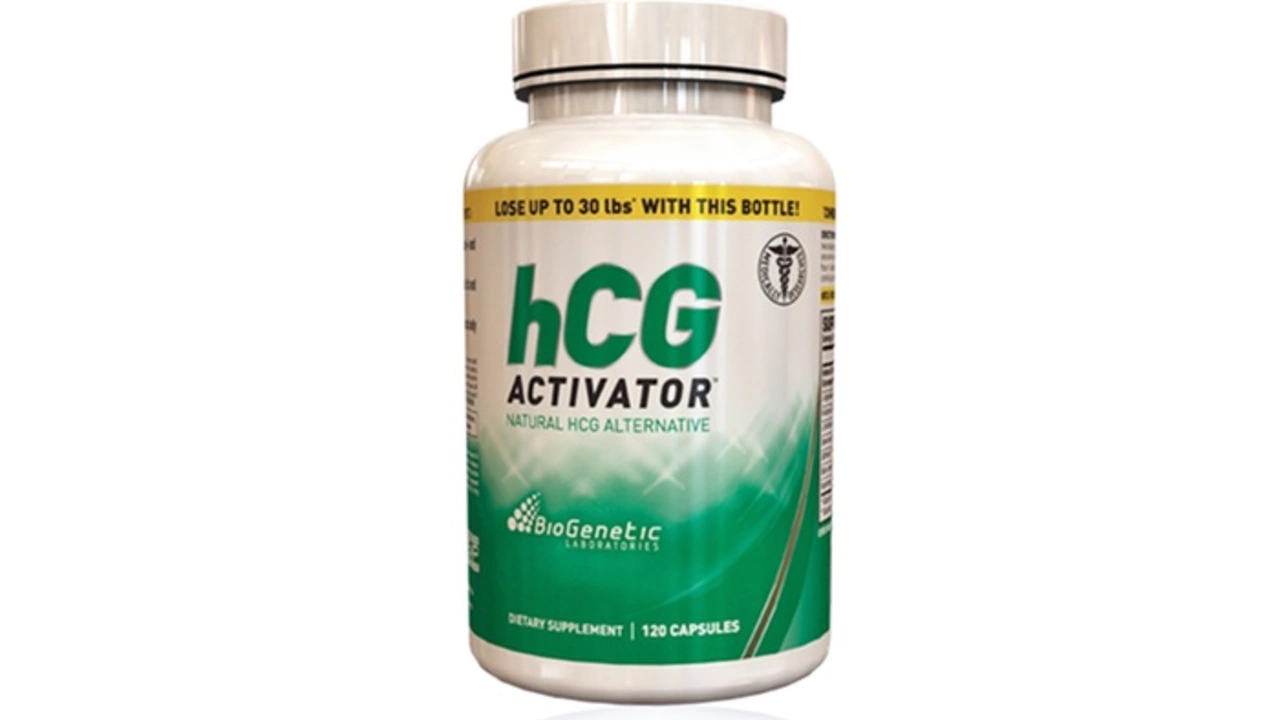I recently discovered the amazing benefits of Great Plantain, a natural dietary supplement that has truly been a game changer for my overall wellness journey. It's packed with essential nutrients and boasts numerous health benefits like aiding digestion, boosting the immune system, and reducing inflammation. Plus, it's easy to incorporate into my daily routine, whether in smoothies or as a tea. I can't believe I was missing out on this powerful plant for so long! Make sure to give Great Plantain a try and experience the incredible benefits for yourself.
Great Plantain (Plantago major): Uses, Preparations, and Safety
Great plantain is an easy-to-find weed with real first-aid value. If you spot broad, oval leaves with distinct parallel veins in a low rosette, you probably found Plantago major. People use it for wounds, insect bites, coughs, and mild digestive issues. Below are simple, practical ways to use it and what to watch for.
How to use great plantain: quick recipes
Poultice for cuts, splinters, bites: Pick fresh leaves, wash them, then crush or chew until they’re juicy. Apply the mashed leaves directly to the wound and cover with a clean bandage. The mucilage in the leaf soothes skin and may reduce swelling. Change bandage and reapply every 8–12 hours.
Infusion (tea) for coughs and sore throat: Use 1 tablespoon of dried leaves or 2 tablespoons of chopped fresh leaves per cup of boiling water. Steep 10 minutes, strain, and sip warm. Drink 2–3 cups per day. The mucilage coats the throat and can reduce irritation; tannins give a mild astringent effect.
Syrup for persistent cough: Simmer 1 cup fresh chopped leaves with 1 cup water for 10–15 minutes, strain, then mix with 1 cup honey (warmed, not boiled). Take 1 teaspoon as needed. This makes a soothing, longer-lasting remedy but avoid honey for infants under 1 year.
Dried powder for storage: Dry whole leaves in a shaded, airy place. Once brittle, crush and store in a sealed jar. Use in teas or to make poultices later.
Safety, dosing, and foraging tips
Safety first: Great plantain is generally safe when used in moderate amounts. Don’t use large internal doses without medical advice. If you’re on prescription medication, take plantain remedies at least 1–2 hours apart from your pills; the mucilage can slow absorption. Pregnant or breastfeeding people should avoid regular internal use unless cleared by a clinician.
Allergies and reactions: Rare, but watch for rash or worsening symptoms after topical use. Stop use and seek care if you see severe swelling or breathing trouble.
Foraging tips: Only pick plants from clean areas—avoid roadsides, lawns recently sprayed with pesticides, or places with animal waste. Wash leaves thoroughly. Correct ID matters: Great plantain has wide, flat leaves with 3–7 parallel veins and a short flower spike. When in doubt, don’t harvest.
When to see a doctor: If a wound is deep, bleeding doesn’t stop, shows signs of infection (increasing redness, heat, pus), or if symptoms don’t improve after a couple days, get medical help. For severe cough, high fever, or trouble breathing, see a clinician right away.
Practical tip: Keep a small jar of dried plantain in your first-aid kit if you live where it grows. It’s light, lasts long, and can be turned into a quick poultice or tea when you need gentle, natural care.

